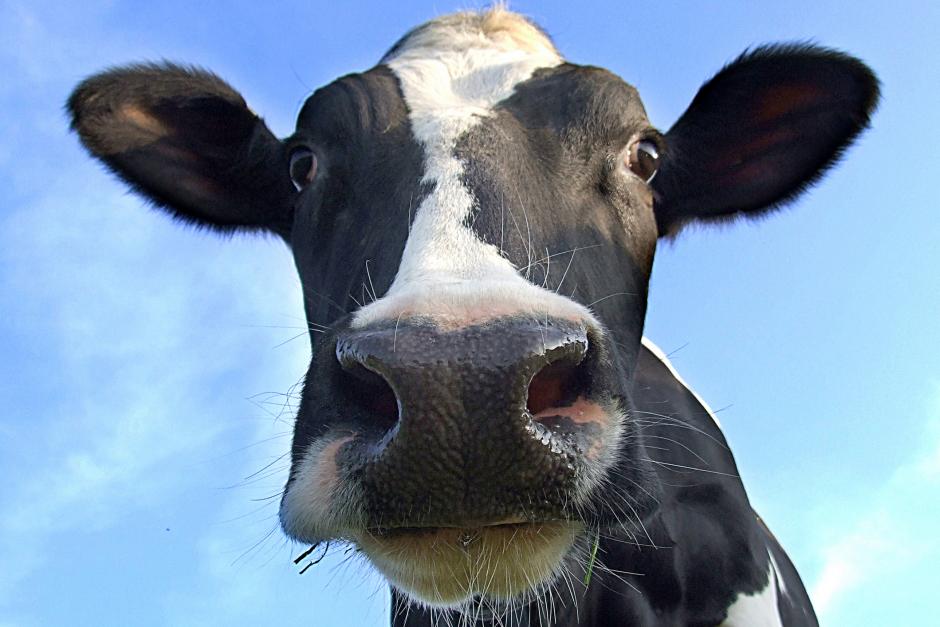Farming fuel of the future
Slurry from livestock can be converted into biogas through anaerobic digestion and used to power tractors


Your milk could soon be delivered by a tanker running entirely on manure, according to the Royal Agricultural Society of England (RASE). In its new report, Refuelling the Countryside, it encourages readers to imagine a future in which the 90 million-100 million tons of slurry produced on British farms each year are turned into sustainable forms of energy and low-carbon fuel as a matter of course, reducing outgoings and providing landowners with extra income.
Slurry from livestock is converted into biogas through anaerobic digestion (AD) or the breaking down of organic matter in an airless environment. The energy produced can then be used on site or exported as electricity or heat energy. Last year, after sustained lobbying from the NFU, Defra launched a £3 million scheme allowing farmers to apply for grants to help them fund the building of small-scale AD plants. The NFU says the response has been ‘enthusiastic' and, now, RASE is urging landowners to think bigger.
It's possible, for example, for the energy produced by AD to be turned into biomethane and used as a transport fuel. Tractors running on biomethane are in operation in Germany, Scandinavia and the USA and the report suggests that local delivery vehicles, such as milk tankers, could also one day be powered by it.
‘Although there will be no single answer suitable for every farm, huge opportunities are available and these will improve as the technologies advance,' says RASE chief executive David Gardner. The organisation envisages farmers making a significant contribution to Britain's renewable-energy supply in years to come, exporting electricity to the National Grid and supplying holiday cottages, industrial estates and village buildings with heat generated using AD.
However, sceptics point to stumbling blocks such as Grid-connection issues, the costs of setting up and maintaining plants and the fact that cattle slurry is generally only available when animals are indoors during the winter.
‘Landowners need to assess the opportunities for renewables with a cool head,' advises Dr John Constable, director of the Renewable Energy Foundation. ‘Experiment, by all means, but proceed with caution and don't burn any bridges. Subsidies to renewables are a Government market distortion, in effect paying farmers to ignore the food sector, which is, arguably, where the comparative advantage of land really lies.'
* Follow Country Life magazine on Twitter
Sign up for the Country Life Newsletter
Exquisite houses, the beauty of Nature, and how to get the most from your life, straight to your inbox.
Country Life is unlike any other magazine: the only glossy weekly on the newsstand and the only magazine that has been guest-edited by HRH The King not once, but twice. It is a celebration of modern rural life and all its diverse joys and pleasures — that was first published in Queen Victoria's Diamond Jubilee year. Our eclectic mixture of witty and informative content — from the most up-to-date property news and commentary and a coveted glimpse inside some of the UK's best houses and gardens, to gardening, the arts and interior design, written by experts in their field — still cannot be found in print or online, anywhere else.
-
 Vertigo at Victoria Falls, a sunset surrounded by lions and swimming in the Nile: A journey from Cape Town to Cairo
Vertigo at Victoria Falls, a sunset surrounded by lions and swimming in the Nile: A journey from Cape Town to CairoWhy do we travel and who inspires us to do so? Chris Wallace went in search of answers on his own epic journey the length of Africa.
By Christopher Wallace
-
 A gorgeous Scottish cottage with contemporary interiors on the bonny banks of the River Tay
A gorgeous Scottish cottage with contemporary interiors on the bonny banks of the River TayCarnliath on the edge of Strathtay is a delightful family home set in sensational scenery.
By James Fisher